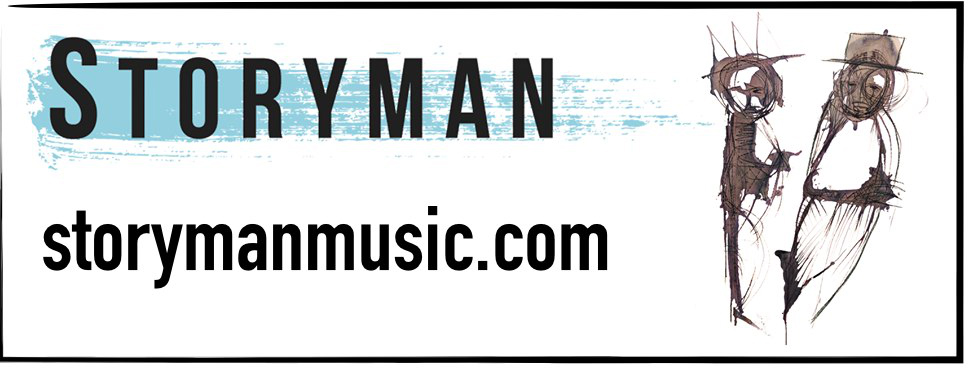SciWorks Radio is a production of 88.5 WFDD and Kaleideum, formerly the Children's Museum of Winston-Salem and SciWorks.
North Carolina has some of the greatest biodiversity in the nation, but the picture of our state's wildlife is incomplete. To help protect wildlife and habitat, a better understanding of how and where animals live is needed.
Led by Dr. Roland Kays, Biologist at North Carolina State University, and the North Carolina Museum of Natural Sciences, the organization North Carolina Candid Critters is on a mission to fill in those gaps. And get your science on, citizens, because they want your help to map wildlife populations county by county, down to the neighborhood in some cases!
Hear Dr. Kays on these previous episodes of SciWorks Radio:
- Closly Lurks the Hybrid Beast
- Camera Traps & Killer Housecats

Dr. Roland Kays interviews for SciWorks Radio from the studios at the North Carolina Museum of Natural Sciences in Raleigh. Credit : Eban Crawford
We have a lot of different research questions. With all these different species, there's quite a lot we can do. We're particularly interested in coyote-deer interactions. In eastern North Carolina, we have the red wolf population which seems to be on the decline, and so we're pretty interested to see, are they declining, and if so, does that have impacts on other species that they might be preying on? And in the western part of the state, we have an expanding elk population, so helping to map out where they're living and if they also are having an impact on other animals in the ecosystem would be super interesting.
There are people in all these counties as well, and how animals are interacting with or sharing space with people is a big part of our question.
And that's where you come in!
To be able to compare these areas, we need to get some volunteers to go into these wild areas and run camera traps, but we also need them to run them in their back yards or in their private forests to understand how those areas are similar or different in terms of how the wildlife sees them.
A camera trap is a camera that you strap to a tree. It will snap a picture of an animal when the animal walks by. Here's the thing: for this project, you can check one out, like a book, from a local library.
These camera traps are great because we get pictures of all these different species, from chipmunks all the way up to bear and elk. These cameras take millions and millions of pictures. Some of them are boring, they're just a squirrel walking by or something like that, but, in the process, you end up getting some pretty awesome ones.
The best ones are posted on the NC Candid Critter's web site.
We've developed the computer tools to manage millions and millions of photographs.
We've never tried anything this ambitious, never anything this big in scale or this detailed. We're hoping to get cameras run in 20 to 30-thousand sites across the state over 3 years, and, if we do that, it will actually be the largest camera-trapping project ever!
Science is awesome, and citizen science is a great way to get yourself, and even your kids, involved in some meaningful research in a very fun way.
Related: SciWorks "Be A Citizen Scientist"
Usually the way it works is... the scientist kind of designs a protocol, and they come up with some research questions, and then they look for ways that non-scientists can help collect the data.
But why citizen science?
We can collect data over larger areas with citizens than without citizens. If we wanted to do this camera-trapping across the state by ourselves, we would never be able to afford all the technicians we would have to pay to go to all these places. And the other side is that it also helps people learn about science, about nature, about whatever the project is. So, we're doing citizen science with wildlife, but there are all kinds of other projects about the solar system, the weather, ladybugs, and frogs. And so, whatever your interest is, there's a way to kind of explore that more, learn more about that particular field, and then also learn more about science and about how science works at the same time.
We're working with the North Carolina Wildlife Resources Commission, and so they're very interested in using the data to help manage the state's wildlife populations. And we're also starting to work with ways to help the public to explore the data as well. Some of the data is up on our website already, at nccandidcritters.org, and as we get more and more data, we're going to start adding more tools so you can start to see the maps, see the graphs, and start to explore on your own, and maybe ask some of your own questions.
Some online citizen science resources can be found at sites like emammal.si.edu, ebird.org, zooniverse.org and scistarter.com. Find Citizen Science apps for your android smartphone or IOS device.
---
This Time Round, the theme music for SciWorks Radio, appears as a generous contribution by the band Storyman and courtesy of UFOmusic.com.

300x250 Ad
300x250 Ad
